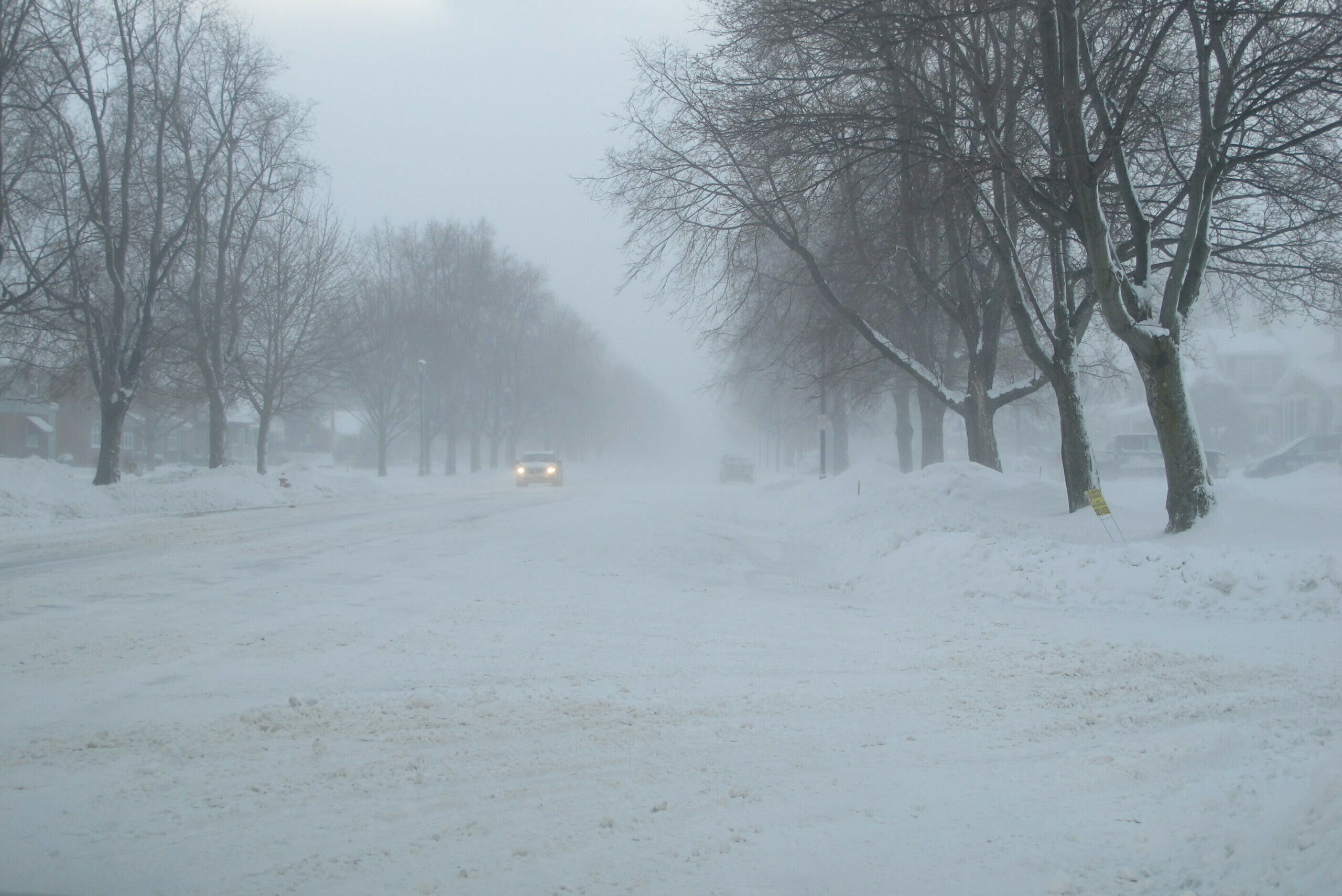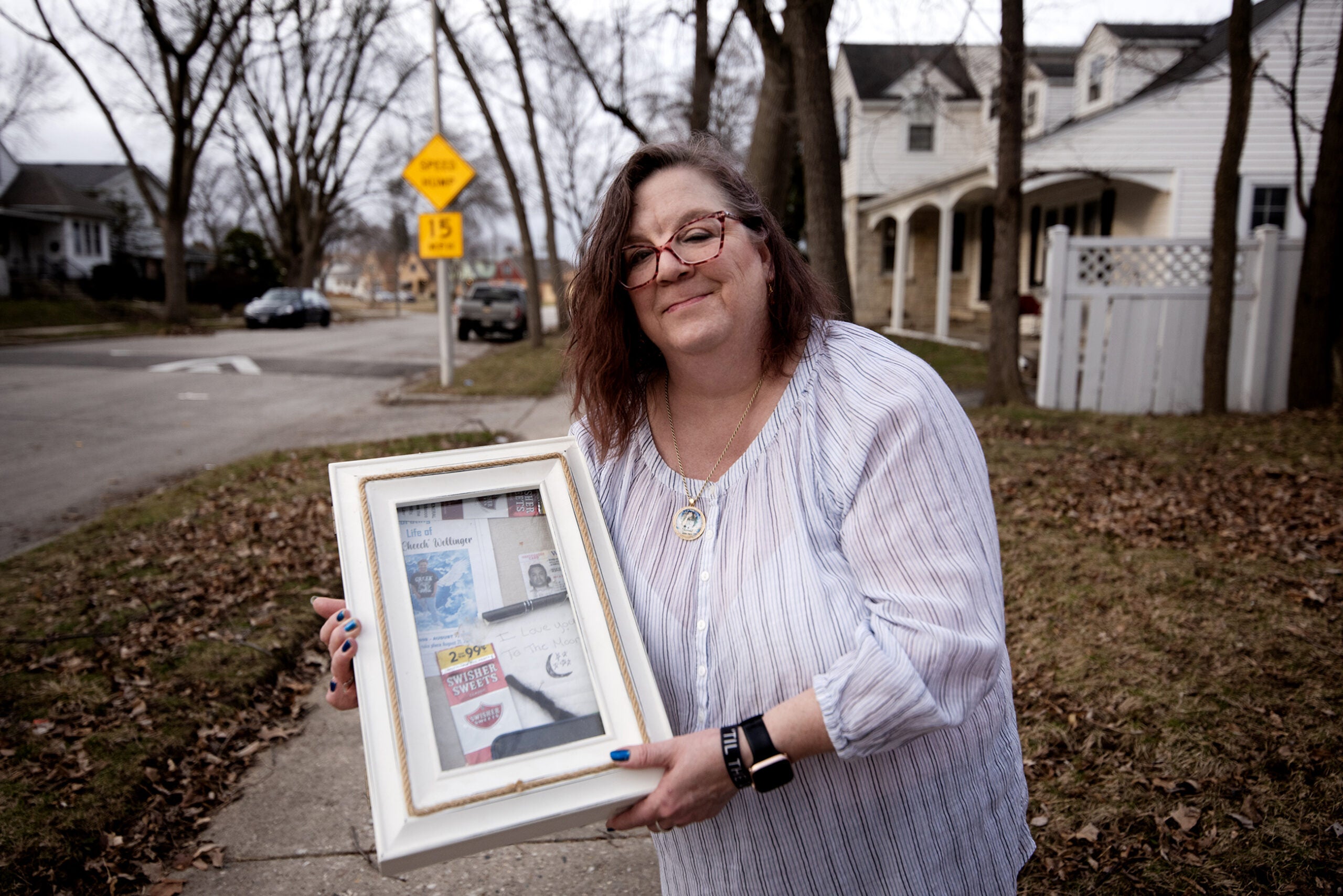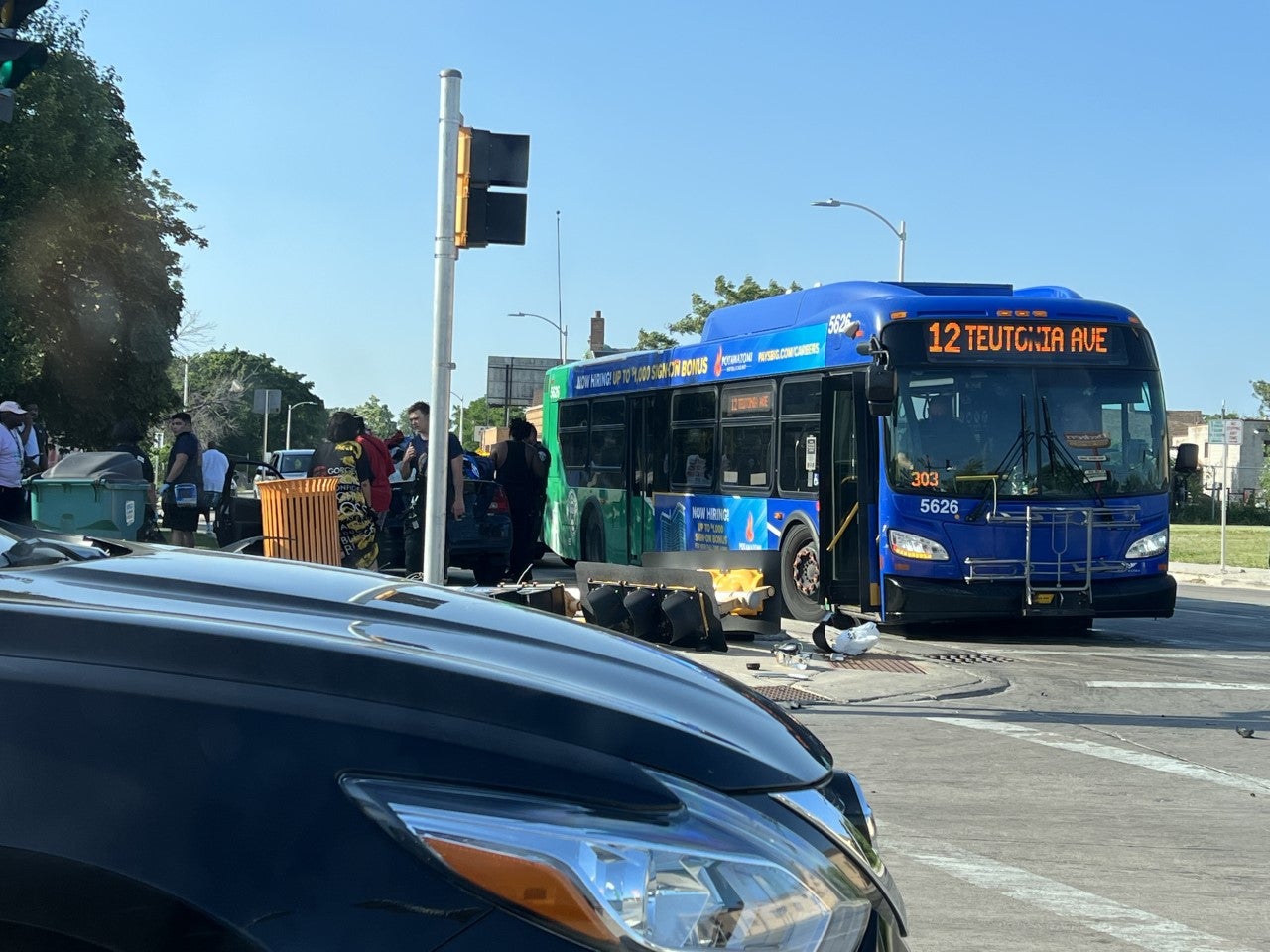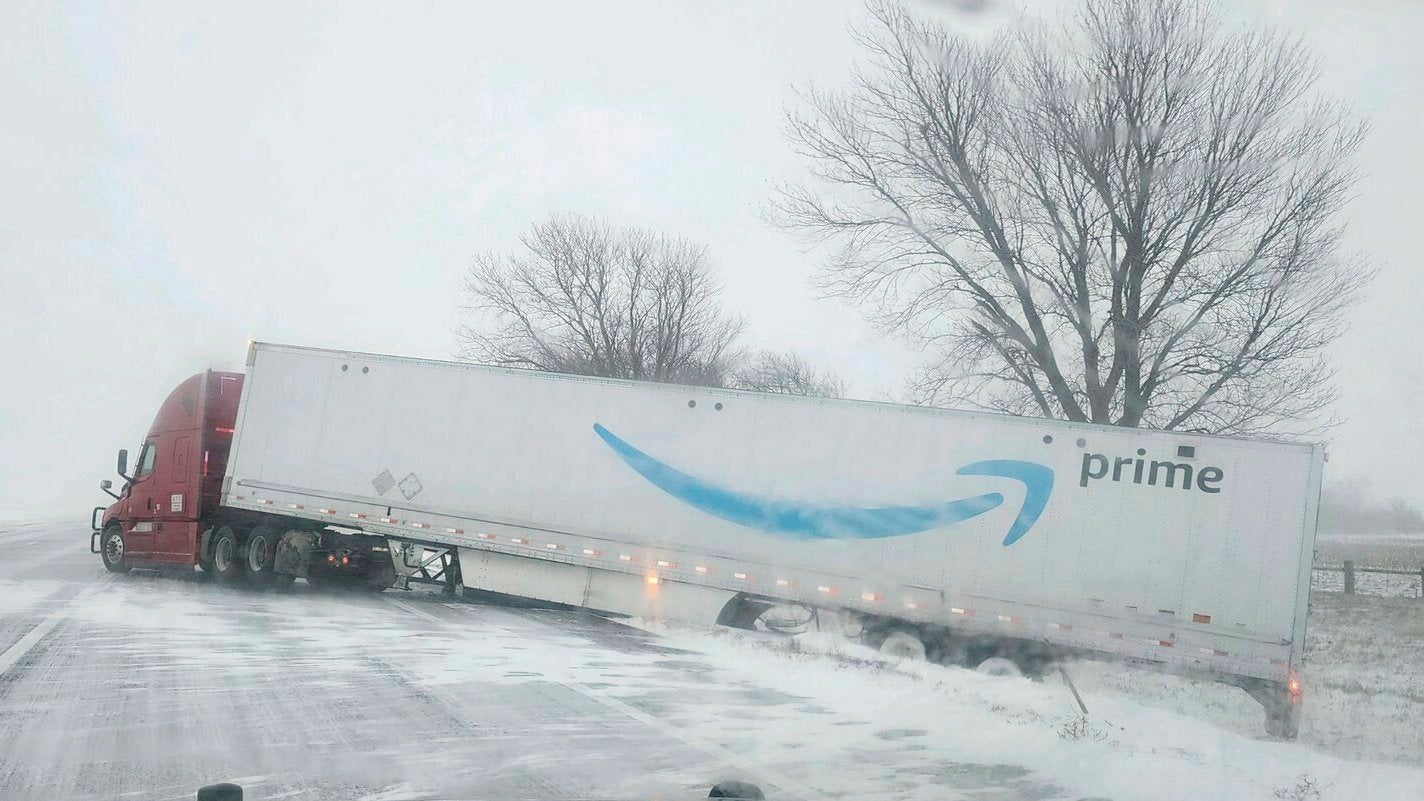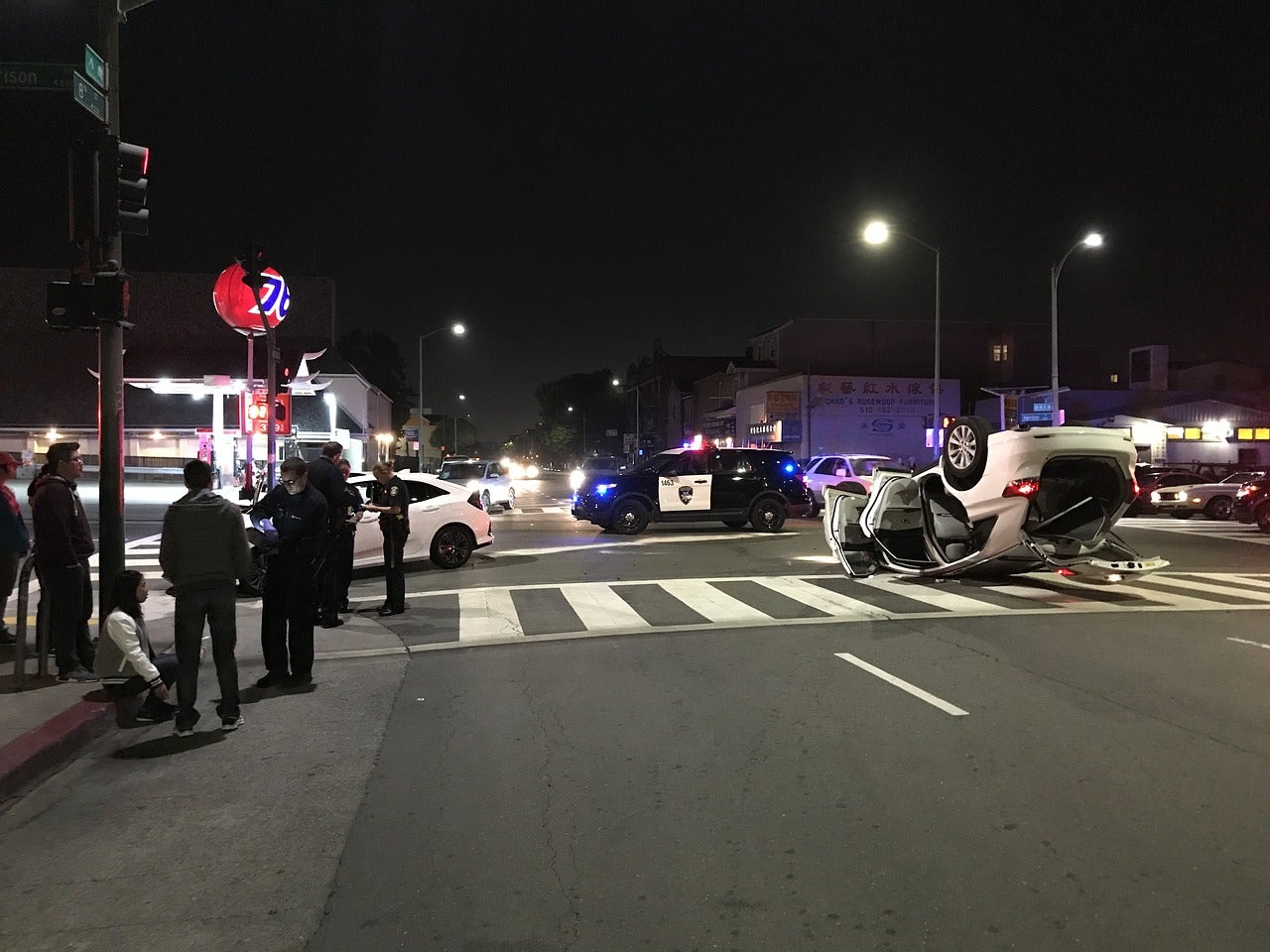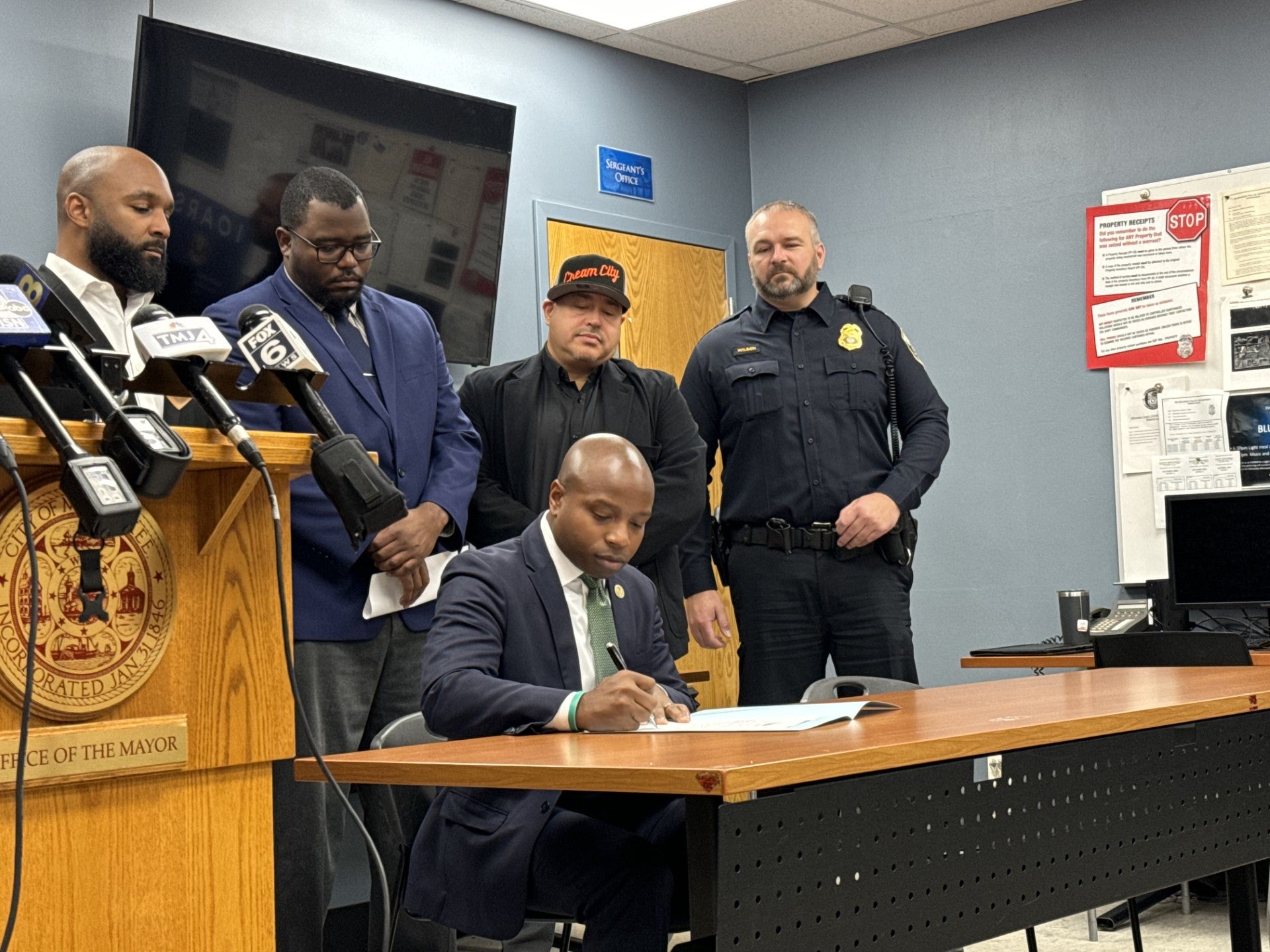Four-wheel drive and winterized tires won’t be as important as slowing down when winter weather starts to slick up the roads.
Speed is the biggest factor in winter crashes, said Jason Zeeh, captain of the Wisconsin State Patrol DeForest Post. Slowing down, watching how close you’re following the vehicle in front of you and eliminating distractions will keep you safer, he said.
In 2019, there were more than 26,500 crashes on snow- and ice-covered roads in the state. Those accidents resulted in 5,600 injuries and 56 deaths, according to the Wisconsin State Patrol.
Stay informed on the latest news
Sign up for WPR’s email newsletter.
Whether you should go the speed limit while driving in winter weather or take it slow depends on experience and is different for every driver, Zeeh said. Less experienced drivers should be prepared to take it slower because they’re not as acclimated to driving in such conditions compared to someone who’s been driving for years.
But Zeeh said drivers may be making a mistake by justifying going faster because their vehicle is equipped with all-wheel drive.
“You can lose control just as quickly with those types of vehicles as a two-wheel drive (vehicle),” he said.
Zeeh offers some recommendations for approaching winter-weather driving with safety in mind.
Stay Home
If there’s a snowstorm or potentially severe weather forecasted, your best bet is to stay home and off the roads altogether.
If you have to go out, plan your route and try to stay to areas that have been plowed. If you’re visiting someone, tell them ahead of time to expect you. If you don’t arrive on time, they’ll know to check in.
Make sure you have a full tank of gas and that your cell phone is fully charged, Zeeh said.
Check Road Conditions
The best way to check your routes for crashes or unsafe conditions is by checking 511, the state’s resource for traffic information.
“That will give you a good kind of snapshot of what’s going on across the state,” Zeeh said.
Wisconsin State Patrol will also alert media, post on social media and put out information about road conditions on automated signs along roadways.
“There are a number of things that we do to try to reach out to the public prior to snowstorms coming,” he said.
Beware Of Bridges
Roads on bridges are usually the first to freeze over and the last to thaw because of cold air circulation.
“A lot of time when you’re going over bridges that have rivers or lakes, they can freeze up very quickly even though the rest of the roads are just fine,” Zeeh said.
If you can, try not to brake while going over a bridge. Lifting your foot off the gas and coasting will give you more control.
Consider The Snowplows
Most of the crashes that occur with snowplows are because they’re being rear-ended by other vehicles.
It’s not illegal to pass snowplows, though state law says drivers should keep a distance of 200 feet between their vehicles and the plow trucks. Zeeh noted that’s not a lot of space during winter.
“We recommend even further — just give yourself plenty of space and following distance on snowplows or any vehicles on the highways,” he said.
Don’t Swerve
While drivers sometimes have to share the road with deer, bear, raccoons and other animals as they cross, Zeeh said the worst thing drivers can do is swerve to avoid them.
If you see an animal step out in front of your vehicle, try to brake or honk your horn. If those options don’t work, just keep driving ahead.
“I know it sounds bad, but you want to drive through; and if you have to hit the animal, hit the animal,” he said.
Car damage can be repaired, but by swerving away from the animal, drivers risk hurting themselves or others if they swerve into another lane of traffic.
Wisconsin Public Radio, © Copyright 2024, Board of Regents of the University of Wisconsin System and Wisconsin Educational Communications Board.

